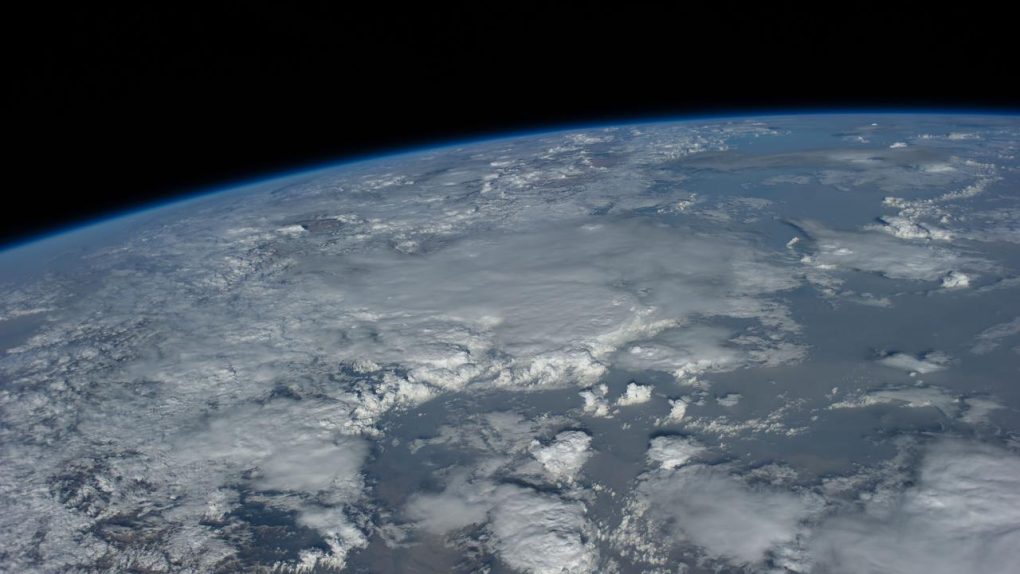- A new study has revealed what global temperatures were like during the most recent ice age.
- The research suggests that temperatures were roughly 11 degrees Fahrenheit cooler than they are today, and that was enough to trigger intense change on Earth.
- As climate change continues unabated, we may soon be struggling with a rapidly-changing planet for reasons other than ice.
The term “Ice Age” is a frightening one. It conjures mental images of an Earth covered in frost, with woolly mammoths roaming the glacier-covered land. Given that, you might imagine that the average temperature of Earth during the last ice age was drastically different than what we experience today.
In truth, even tiny variations in Earth’s temperature can have a huge impact on life on this planet. As a new study reveals, the last average temperature on Earth during the last ice age was just 11 degrees Fahrenheit cooler than it has been during the 20th century. The scientists came to this conclusion using a wealth of data and crunching a whole bunch of numbers.
Now, 11 degrees (6 degrees Celsius) might not sound like a huge change. These days, an 11-degree dip might make you opt for a sweatshirt instead of a t-shirt, but besides that, it’s not usually a big deal. However, on a global scale, a temperature drop of that magnitude is absolutely devastating.
“In your own personal experience that might not sound like a big difference, but, in fact, it’s a huge change,” Jessica Tierney of the University of Arizona Department of Geosciences said in a statement. “In North America and Europe, the most northern parts were covered in ice and were extremely cold. Even here in Arizona, there was big cooling. But the biggest cooling was in high latitudes, such as the Arctic, where it was about 14 C (25 F) colder than today.”
Tierney and her team of researchers utilized atmospheric carbon data from the present-day and historical temperature data gleaned from examinations of fossilized sea plankton to build a model of what the Last Glacial Maximum (LGM), or the last ice age, was like.
The research has far-reaching implications, and the data can now give us a hint as to what kind of changes happen to the planet when temperatures change on a global scale. Thanks to manmade climate change, the Earth’s temperatures are now rising. The levels of atmospheric carbon dioxide are around 415 parts per million today, compared with 280 parts per million prior to the Industrial Revolution. By contrast, levels during the LGM were around 180 parts per million.
There’s no debate as to whether the planet is getting warmer. It is, and scientists almost universally agree that human activity is the cause. We’re definitely not headed for another ice age, but we might soon be struggling as temperatures shift toward the other end of the thermometer.








